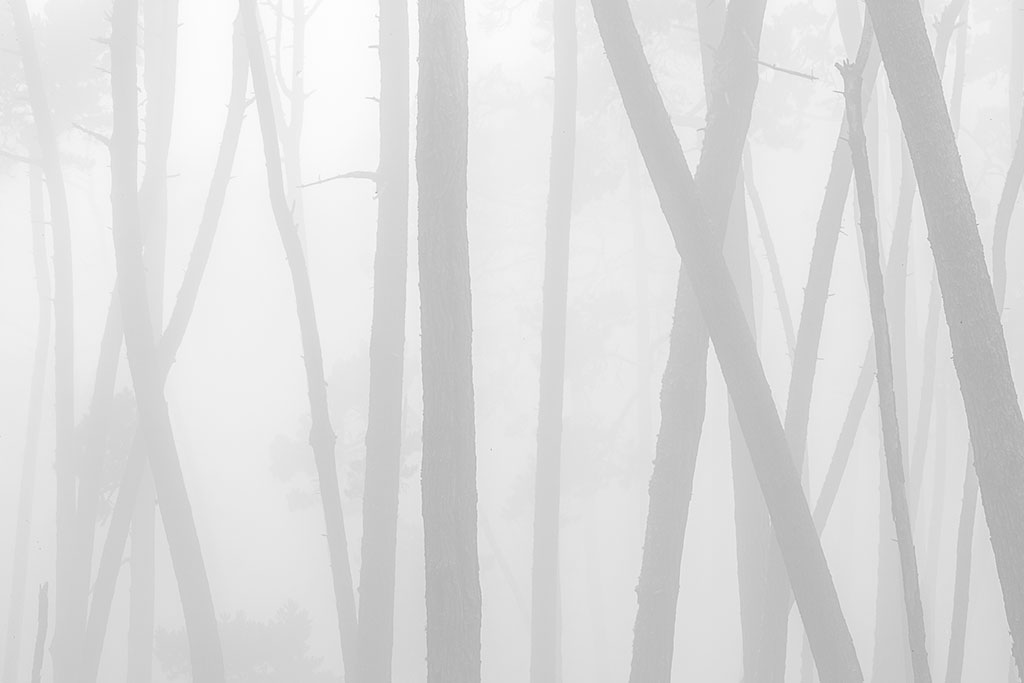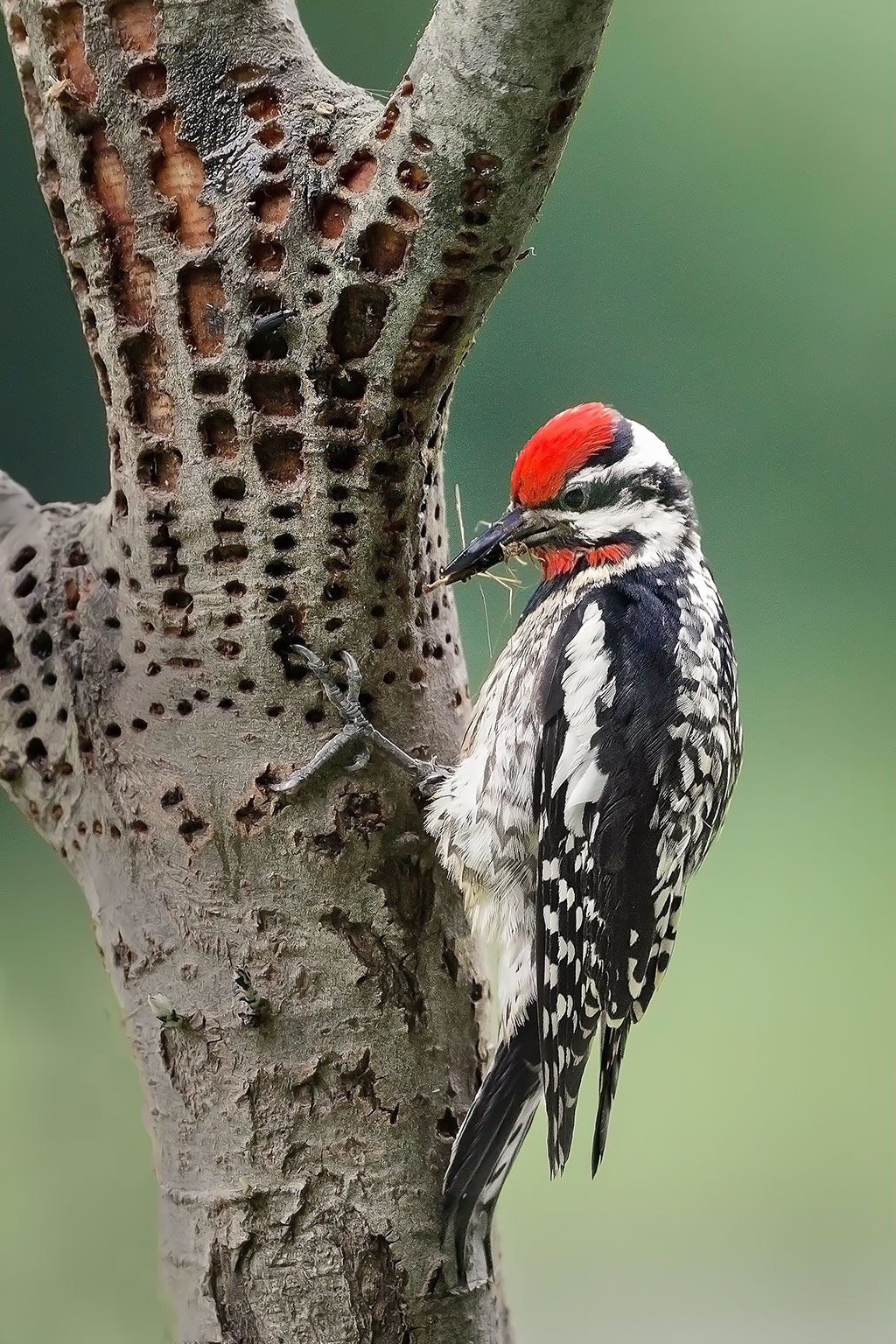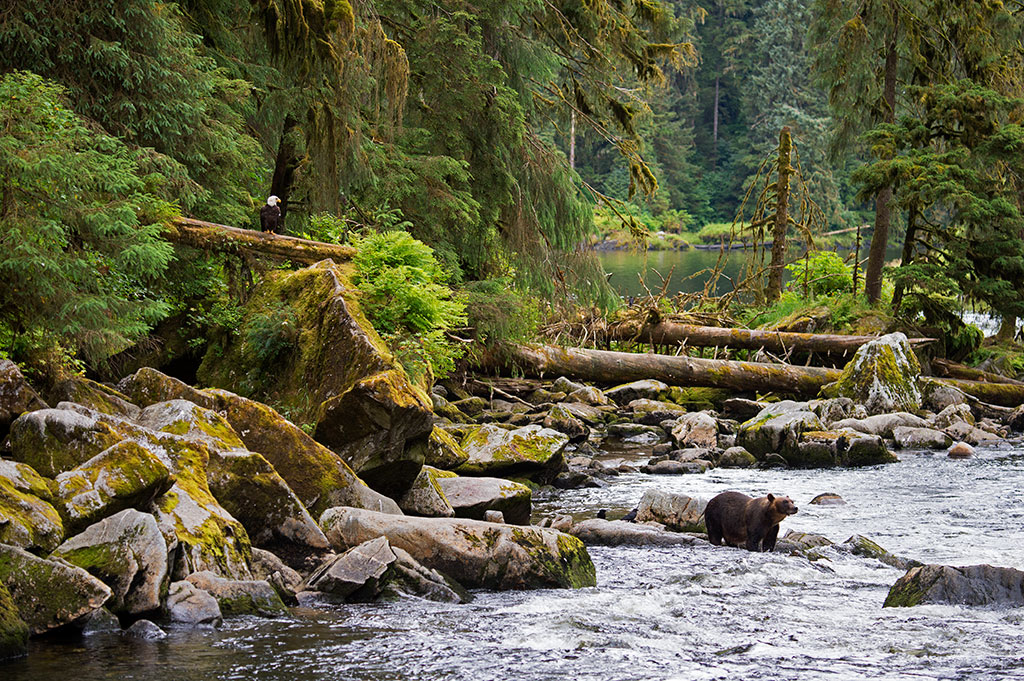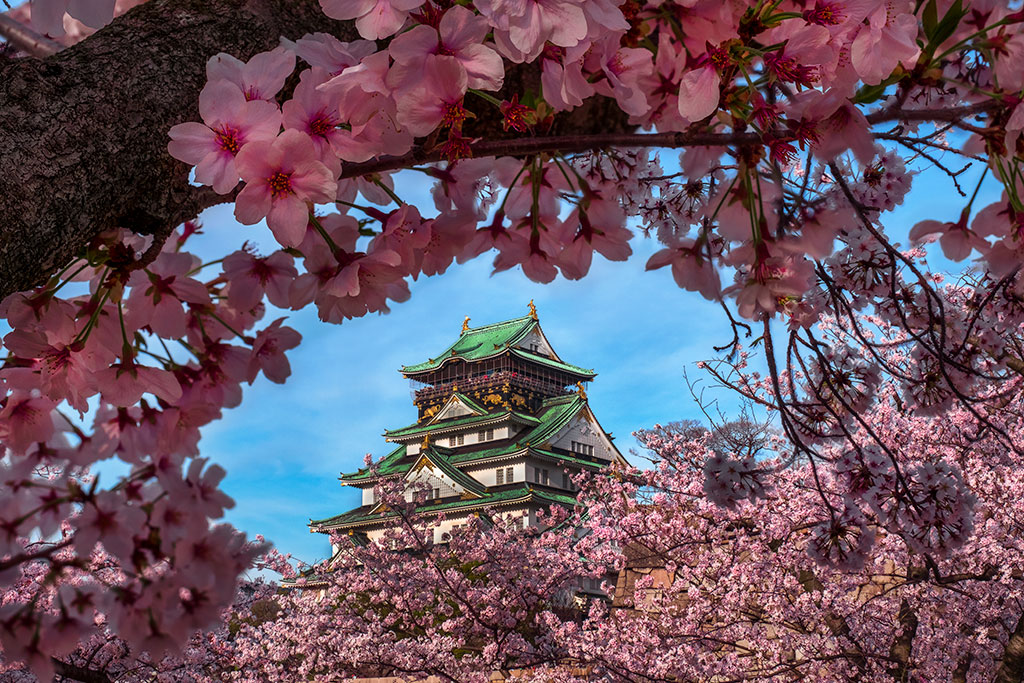Advertisement
Advertisement
Read Next

Curating Your Images Will Improve Your Photography. Here’s How
Curating your images well is a critical...
Watch What You Photograph!
Watch what you photograph! Here's why...
Close Encounter With Bear Gives Photographer A Jolt (& A Great Image)
Ever stumbled across an animal...
5 Ways to Create Stunning Photos Using New Angles
Even a small change in perspective can...Advertisement


Legacy
Stop!” it shouted. I slammed on the brakes of the car. Who had called out so clearly as I motored down Highway 120 from Tuolumne Meadows to Yosemite Valley? But I already knew the answer. I had caught a glimpse of the old tree just before I heard it call. The old tree?! Yes, I freely admit, sometimes trees do talk to me, and when it happens, I consider myself very lucky.
To refer to it as an old tree was a bit of a misnomer, however. Its top had long since gone missing, and half the giant stump that remained had been burned away by fire. Yet it was still powerful enough to hail me. I grabbed my cameras and, as if drawn by a giant magnet, trudged into the woods until I stood before it.
Sometimes there are no words. I don’t think I could have spoken if I had wanted to. The tree was that powerful or, perhaps, I was just that open. I stood inside the enormity of what remained of this forest giant, lost in the intricacy of its charcoaled interior. It was stunningly beautiful. Still, it wasn’t the beauty that silenced me, but the connection.
I reached out my hands til each touched one edge of the interior semicircle of the tree. In some simple, symbolic way, I made it whole again. Then, for a few precious moments, there was no barrier between us. No individuation. We weren’t members of different kingdoms; we were just one, together, in and of nature.
I never know when or where this kind of connection will happen when I’m photographing. It’s rare, but far less rare now that I’m open to it, and when it happens, it’s thrilling.
In his book, The Emerald Mile (a must-read for anyone who loves the Grand Canyon), Kevin Fedarko speaks of the adventurer Bernard Moitessier, who spent 10 months alone at sea in a small sailboat. Eventually, Moitessier realizes that his real reason for going to sea wasn’t to find adventure, but “to reach a point in space and consciousness that would enable him to bear witness to the beauty and complexity of the natural world—and to glimpse, however briefly, the sort of person he might become if he permitted himself to cross a kind of international dateline of the soul and merge with those things. In the end, he realized, the journey itself was the destination.”
Jones spotted this burned trunk in Yosemite Valley. He felt a profound connection to the charcoaled remnants of the stump.
I have no intention of spending 10 months at sea, but I’ve spent far longer looking through my lens at the “beauty and complexity of the natural world.” Occasionally, I think I’ve crossed that “dateline of the soul” and, for a moment, merge with what’s before me. I cherish those moments, for they deepen and expand my perception of our extraordinary planet and my journey upon it.
Later that same week, I stood beside another great tree, an ancient bristlecone pine high in the White Mountains. Though life had long departed from its limbs, its gnarled trunk remained as a beautiful legacy to its life.
“Not going to happen for me,” I thought. “When I’m gone, my remains won’t stand on some mountain hillside watching the sunset, and I’m pretty darn sure there won’t be a museum, library or memorial freeway overpass with my name on it.”
Then, as I stood there, I realized, as Moitessier had, that for us humans, the journey is indeed the destination. Perhaps a few of us will leave a lasting legacy when we pass on, but as humans, we all have the opportunity to leave a legacy every moment of the journey. And maybe that’s the best legacy of all.
As poet Cathy Drew penned, “If you want to leave a legacy…leave it now, every day of your life, not just after you are gone or only as a result of a narrowly defined way of contributing. With every thought, word and deed you leave something behind. You get to choose whether you leave a legacy of impossibility or possibility, of denigration or celebration, of unkindness or kindness, of judgment or acceptance, of struggle or grace, of discouragement or encouragement, of frailty or strength, of tears or laughter, of fear or love. What is in your heart to leave as a legacy, in this moment…and now this one?”
Dewitt Jones posts daily celebration images on his Celebrate Facebook page. Visit and post yours, as well, at www.facebook.com/celebratewhatsright. Sign up for his weekly Photos of Celebration at www.celebratewhatsright.com.